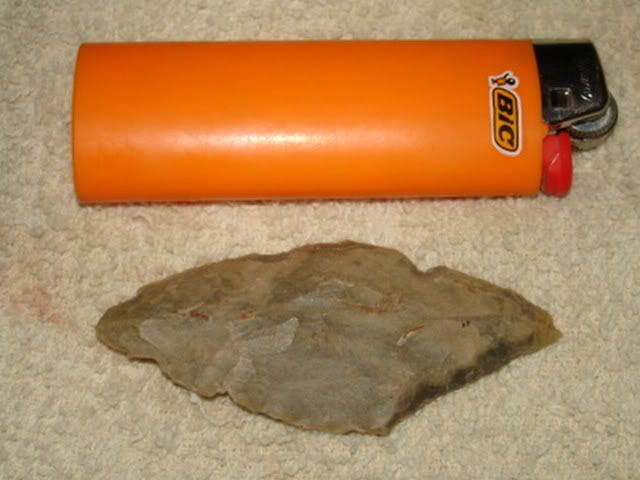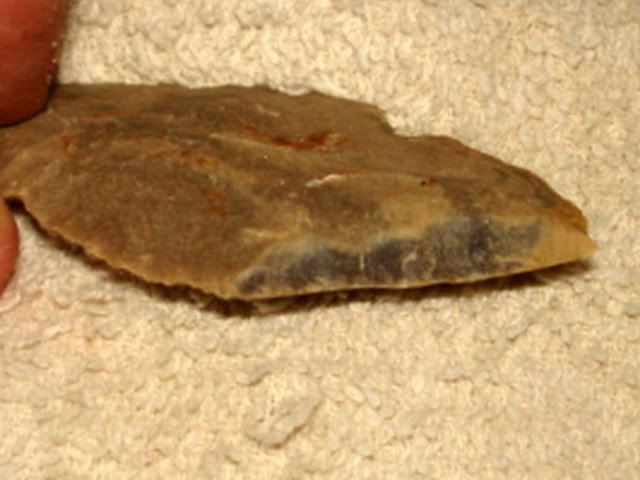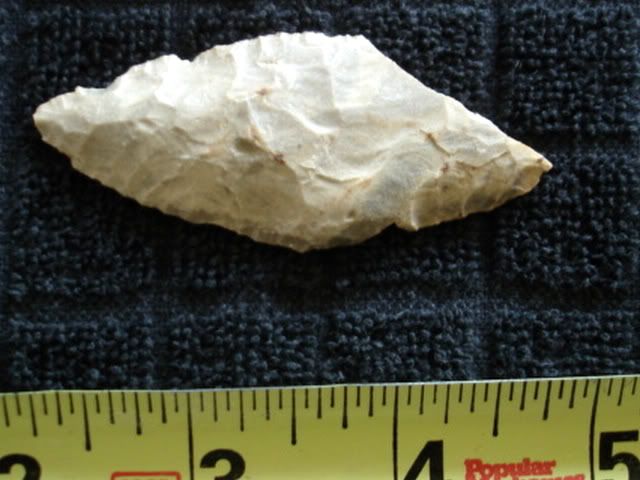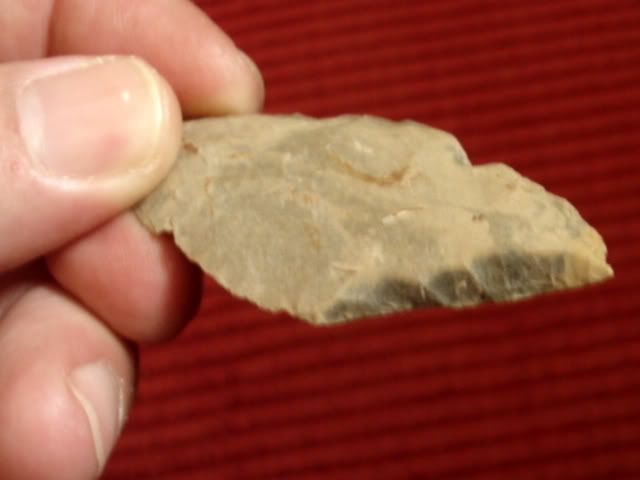Hi,
Here's one we found yesterday. Notice how it has been reworked after it was broken.
I'm calling this a reworked Bipointed blade...do you agree?...but that still doesn't tell me what time period it was from.
The reference book I have...shows their example as being from the Mississippian Period. How can I figure the time period for mine?
jane


Here's one we found yesterday. Notice how it has been reworked after it was broken.
I'm calling this a reworked Bipointed blade...do you agree?...but that still doesn't tell me what time period it was from.
The reference book I have...shows their example as being from the Mississippian Period. How can I figure the time period for mine?
jane










Comment